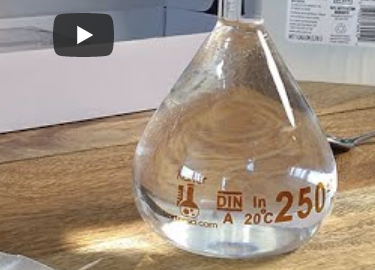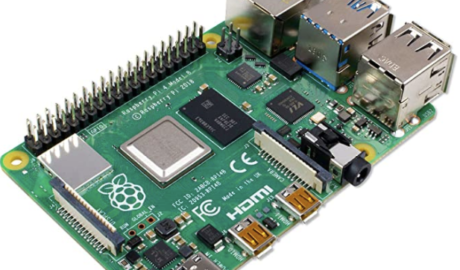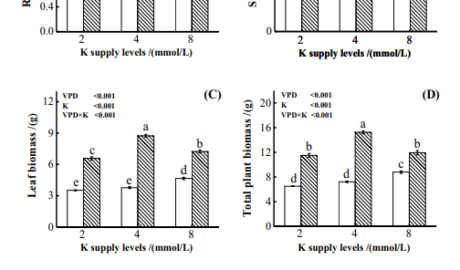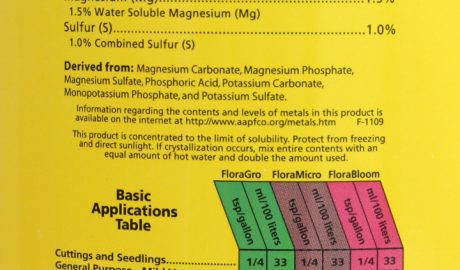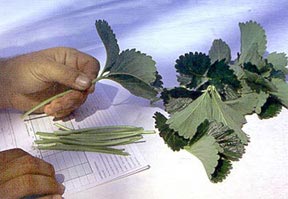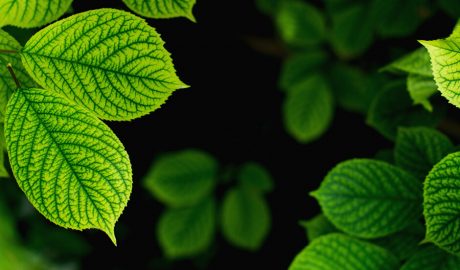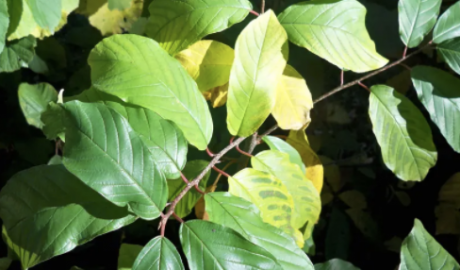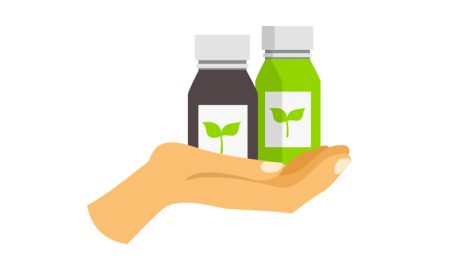Starting a youtube channel to teach chemistry related hydroponic skills
The ScienceInHydroponics blog has been a great place to share my knowledge and experience in hydroponics during the last 11 years. However, the world has changed a lot since then…
Read MoreHardware for building a wifi-connected DIY monitoring/control system for a hydroponic crop
Success in hydroponic systems can be increased by having adequate control over a wide array of different variables. Having automated monitoring and control will mean faster reaction times and provide…
Read MoreNutrient problems and foliar sprays
Nutrient related issues are common in hydroponic crops. They can happen due to a large variety of issues, including pH drifting, EC drifting, lack of proper nutrient ratios, humidity issues,…
Read MoreFive things to consider when trying to copy commercial hydroponic nutrients
There are hundreds of different formulated hydroponic fertilizers out there and most of them are very expensive. Due to these very high costs, growers will often want to copy a…
Read MoreFive things you can learn from leaf tissue analysis
Lab results are incredibly useful in hydroponics, as they give us a quantitative view of what’s going on within our crops. From the potential array of analysis that can be…
Read MoreWhat is the ideal amount of media per plant in hydroponics?
When designing a hydroponic crop, the amount of media is a crucial variable to consider as it will determine a lot of the capital costs involved as well as play…
Read MoreWhy most of the time a “deficiency” in hydroponics is not solved by just “adding more of it”
I am routinely approached by hydroponic growers who believe that a “deficiency” in their hydroponic crop needs to be fixed by adding something to their nutrient solution. The logic is…
Read MoreGetting all the data to evaluate a problem in a hydroponic crop
Problems are an inevitable part of being a hydroponics grower. Even experienced growers will sometimes face issues when moving between environments or plant species as things change and new challenges…
Read MoreBuilding a DIY control infrastructure for a hydroponic crop: Part one
Controlling an entire hydroponic crop using electronics is not a trivial task. This includes everything from the automated control of things like relative humidity and ambient temperature, to other variables,…
Read MoreFive common misconceptions around nutrient management in hydroponics
After many years of experience as a consultant in the hydroponic industry and interacting with dozens of different customers growing different plants with different systems, there are some common misconceptions…
Read More



